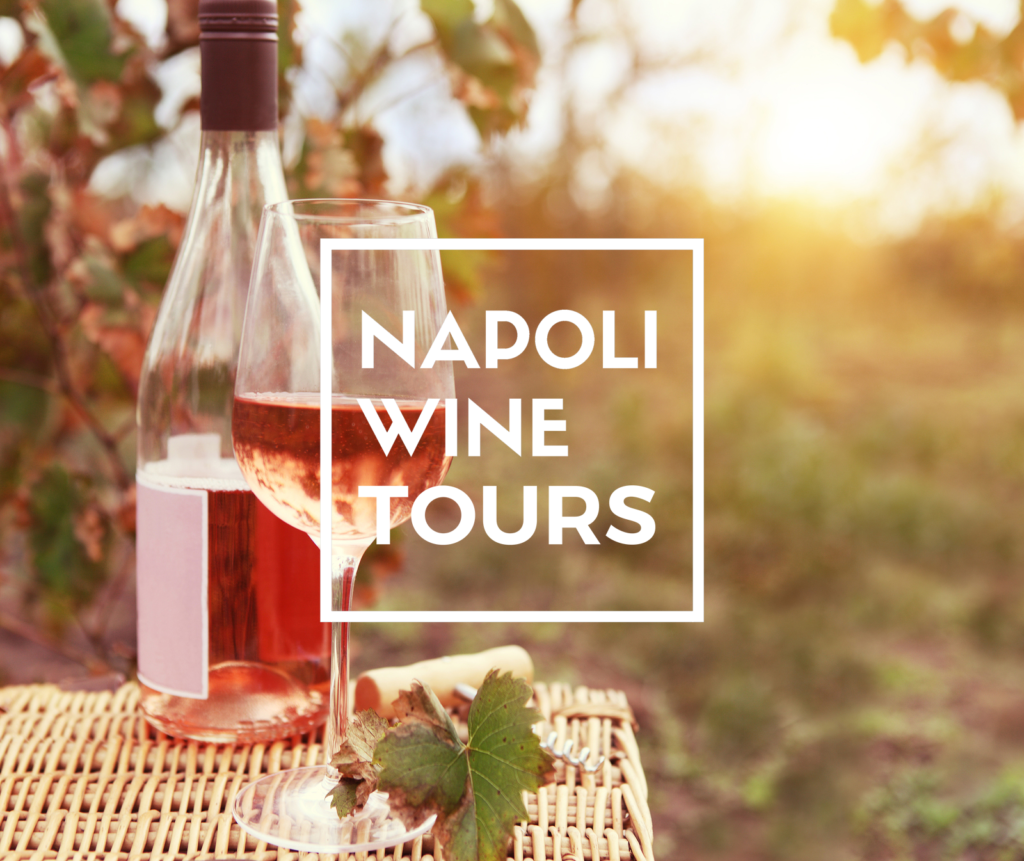
Seeing the “vie en rose” can only do us good in this period.
Rosé is synonymous with Summer, bright sun, aperitifs by the sea and seau à glace!
Certainly an image that fits perfectly with this type of wine, but let’s try to clear it of this common idea.
Why drinking rosé wine only in summer? Rosés are not all the same, they are not all “easy to drink”, they do not all have a low alcohol content, they are not all suitable for light dishes based on salads and crudités. This wine is too often sidelined, snubbed, considered a wine “for women” (attribution with a veiled derogatory meaning, since there is still someone who believes that women do not know how to drink well …). Rosé is much more! The grapes used, the production technique, and the territory contribute to the production of unexpected and surprising wines able to question any preconceptions.
Discussing rosè winemaking is not in our intentions, but a quick reminder is a must. First of all rosé wine is not produced mixing white and red wine together (except in the case of rosé sparkling wines), as this technique is prohibited in almost all of Europe. Having said that, here are the various methods that allow you to make a rosé wine:
Direct pressing: it is vinified ‘in white’, immediately separating the solid parts from the must before the start of fermentation. In this case the color transfer is minimal. It is the method that gives rise to rosés of softer color, also called vins gris.
Short maceration: it is vinified ‘in red’ leaving the skins in contact with the must for a few hours (time that can vary from 3-24 hours; once the desired result has been achieved, they are separated from the must – which is then fermented possibly at low temperature to preserve the aromas as much as possible.
Saigné or bloodletting: essentially, it is the same process as short ,aceration, with the difference that only part of the must is removed to create a rosé (which in a sense is a secondary product), while the rest remains macerating and will be used to produce a red wine, which will be more ‘concentrated’.
In light of what has just been said it is clear that rosés have an infinite variety of characteristics, so let’s abandon the conventional cliché and discover two wines that we could be drunk all year round: with the right combination and at the right temperature the “rosé” could be on our tables even during the Christmas holidays.
Irpinia Rosato, PDO, Organic, Adelina Molettieri, 2019
This wine obtained from 100% aglianico grapes, undergoes a maceration of 6 hours. The intense waxy pink color and the gradation of 13.5 immediately suggest a good structure and character. In fact, the nose is intense with aromas of red fruits (raspberry, redcurrant) and floral notes of rose; what is certainly surprising is the sip: fresh, the alcoholic component is well balanced (despite the gradation), the astringency (due to the polyphenolic component of the aglianico) is pleasant, and has a persistent ending. This rosé is perfect in combination with fatty fish dishes (e.g. salmon or eel), it is perfect with stewed cod with olives and capers, with first courses, with soups and soups; but if you want to dare why not pair it with tripe.
FRIC, Paestum, PGI Aglianico Rosato Frizzante, Casebianche, 2019
“Il Fric” is a wine obtained from pure Aglianico grapes processed with an “ancestral” method, that is, through the refermentation in the bottle without the addition of sugars and yeasts. The grapes are pressed whole without destemming and the second fermentation is started with fresh must. It is very intriguing the use of this great Campanian grape variety with the result of an extremely fragrant and enjoyable wine. Bright pink inviting floral wine on the nose with its delicate notes of raspberry, strawberry and mandarin with delicate hints of pink and jasmine. It goes perfectly with pizzas, focaccia, earth appetizers, cured meats and semi-aged cheeses, fish dishes. It has a gradation of 12 %.
For a tasting in pink, led by professional sommeliers contact us here
